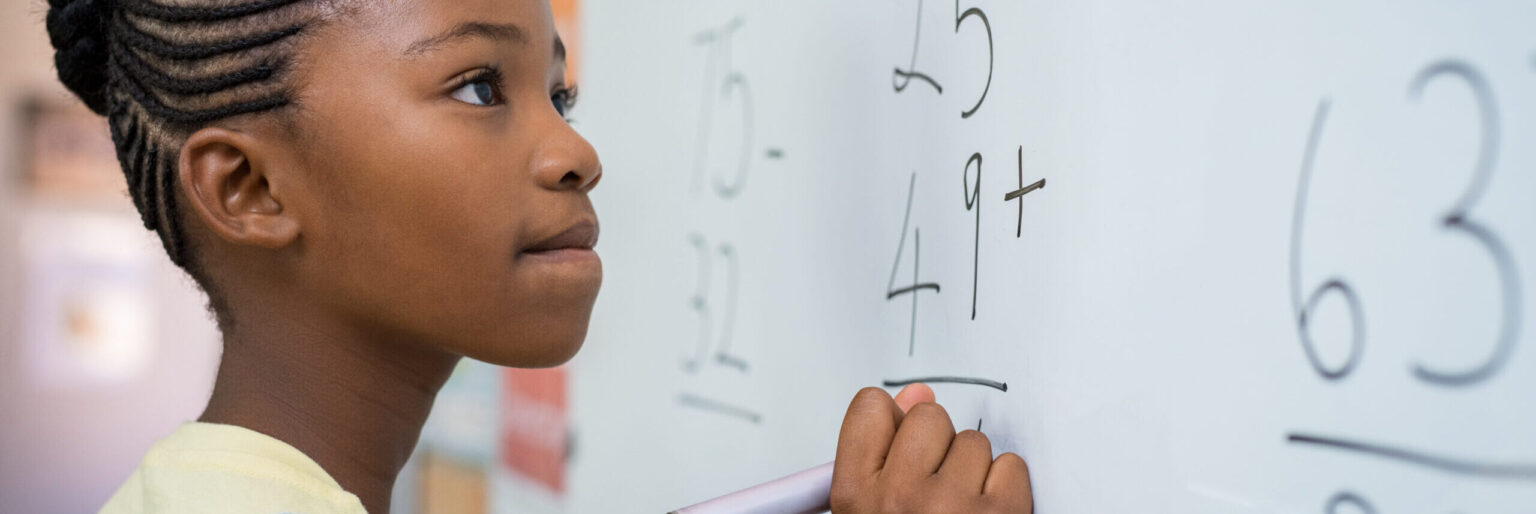Augusta Ada King-Noel, Countess of Lovelace, was an English mathematician and writer, and is often considered to be the first computer programmer!
Lovelace was the first to recognise the full potential of a ‘computing machine’, suggesting it had applications beyond pure calculations.
Ada’s early life
Ada was the daughter of the famous poet Lord Byron. Her love of maths may have developed because of how ill she was as a child, meaning she spent a lot of time in bed and had plenty of time to learn.
When she was 12, Lovelace decided she wanted to fly, and so decided to build herself some wings. She did this by researching different materials, studying birds and plan what materials she may need for her journey.
She later wrote a book about the art of flying, and was known to her friend Charles Babbage, a fellow mathematician, as ‘Lady Fairy’!
The world’s first computer
Throughout her life, Lovelace was strongly interested in the current scientific developments and was interested in various aspects of maths. She expressed interest in creating a mathematical model for how the brain thinks, as well as a model for how to successfully gamble.
However, what she became most interested in was Babbage’s ‘Difference Engine’, which is generally regarded as the first computer. Lovelace helped to explain this machine to the British scientific community. In fact, she added many of her own ideas about the machine, making her document even longer than the original!
In these writings, Lovelace included a method for calculating a sequence of numbers using the engine, which we now know would have worked correctly had it been built. This method is widely recognised as the first computer program ever to be written.

Ada’s influence on mathematics
Lovelace also developed a vision of the capability of computers to do more than calculations and number crunching, although this was never realised in her lifetime.
In recognition of her work, there is now a computer language called ‘Ada’, and an annual ‘Ada Lovelace Day’ in mid-October, which aims to raise the profile of women in science, technology, engineering and maths.





